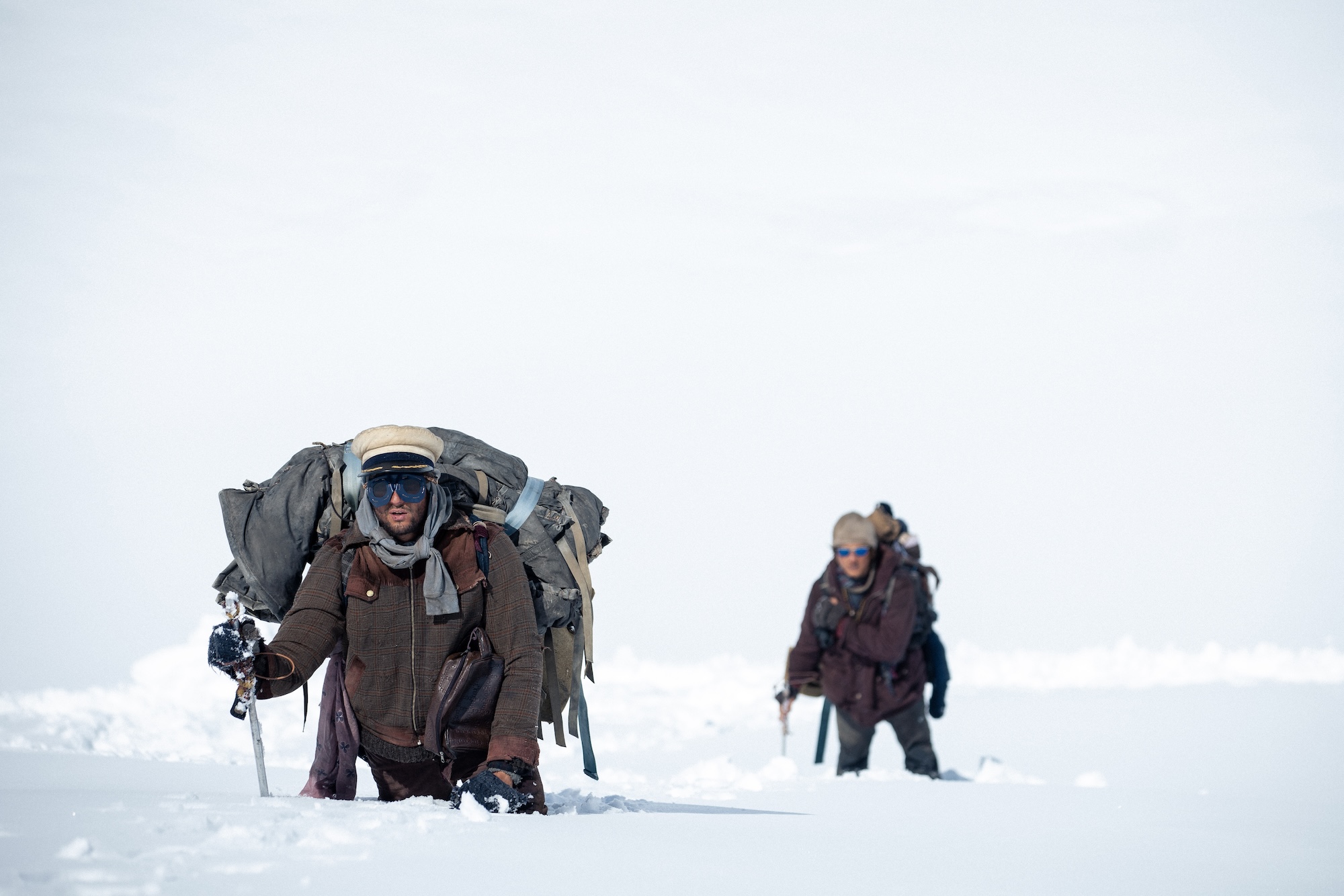Visual Effects Supervisor Félix Bergés has worked with celebrated director J.A. Bayona on two previous films: 2012’s The Impossible and 2016’s A Monster Calls. On both films, Bergés and team developed a suite of visual effects that followed Bayona’s overall concept for VFX within his films: they must be in service of the story first and foremost. In other words, the VFX help orient the audience within the world of the film, but they must never take priority over the story or the actors telling that story.
Their third collaboration, Netflix’s upcoming Society of the Snow, is no different.
“Bayona’s way of working is very similar to mine. I love to do invisible effects. I love to do realistic things. I love to do movies in the old way,” Bergés explained. “We agreed that the best thing to do in movies is to use a lot of techniques, to use models, and to use a lot of photography. We both have the same approach in the way we want to use visual effects.”
Directed by Bayona from a screenplay written by Bayona, Bernat Vilaplana, Jaime Marques, and Nicolás Casariego based on the book of the same name by Pablo Vierci, Society of the Snow tells the story of the 1972 Andes flight disaster. On a flight from Montevideo, Uruguay, to Santiago, Chile, several members of the Old Christians Club rugby union team were stranded in the Andes during winter after their plane crashed into a mountain, severing the plane and killing many before landing in a secluded valley. The survivors endured nightmarish conditions, including life-threatening temperatures, before their eventual rescue 72 days later.
Bayona’s film realistically recreates both the accident and the environmental conditions suffered by the surviving team members and their families. The majority of the film’s mountain-set sequences was filmed in Spain’s Sierra Nevada, which doesn’t offer the visual heights of the Andes mountains. Additionally, the cast of newcomer Uruguayan and Argentine actors obviously could not be subjected daily to the same harsh conditions the rugby team suffered.

To visually replicate the snow-covered Andes mountains, Bergés and team employed over 1,000 VFX shots, the majority of which were dedicated to creating various aspects of snow. They also wanted to ensure that the audience felt as if the actors were actually in the Valley of Tears, the crash site in which it is impossible to film.
“We mainly used photographic backgrounds and composites to recreate the Andes backgrounds. In Spain, the mountains are much smaller when compared to the Andes,” Bergés shared. “There are around 600 to 700 visual effects shots of snow or mountain backgrounds. It was very important for Bayona that the audience understands they were completely trapped by snow.”
Shots of the plane flying over and later crashing into the Andes were obviously CGI. Researching the impacts of a horrific crash like this on the human body proved difficult as, well, there aren’t really any photos or videos of the inside of a plane crash. The greatest practical effect in the crash sequence is the commitment and visual expressions of the actor’s fear. In one particularly brutal moment, a traveler’s legs are pinned beneath them and are crushed as seats break apart and slide forward due to impact.
The survivors certainly shared their perspectives of the moments before the crash, but memories vary based on time and based on perspective. Bayona and Bergés determined that they would consider something accurate if three survivors agreed to a specific detail. Those collective memories lend the crash moments an exceptional authenticity that’s difficult to shake off.
“We used dummies and additional techniques to recreate those moments,” Bergés said. “Everything is real with some slight augmentation from CGI, but the base action is completely real.”
Society of the Snow premieres in select theaters on December 22. It will stream exclusively on Netflix on January 4. Bayona’s film will represent Spain in the International Feature Film category at the 2024 Oscars.




















![2025 Oscars: Can a Late-Breaker Still Win Best Picture? [POLL]](https://www.awardsdaily.com/wp-content/uploads/2024/10/gladiator-350x250.jpg)
